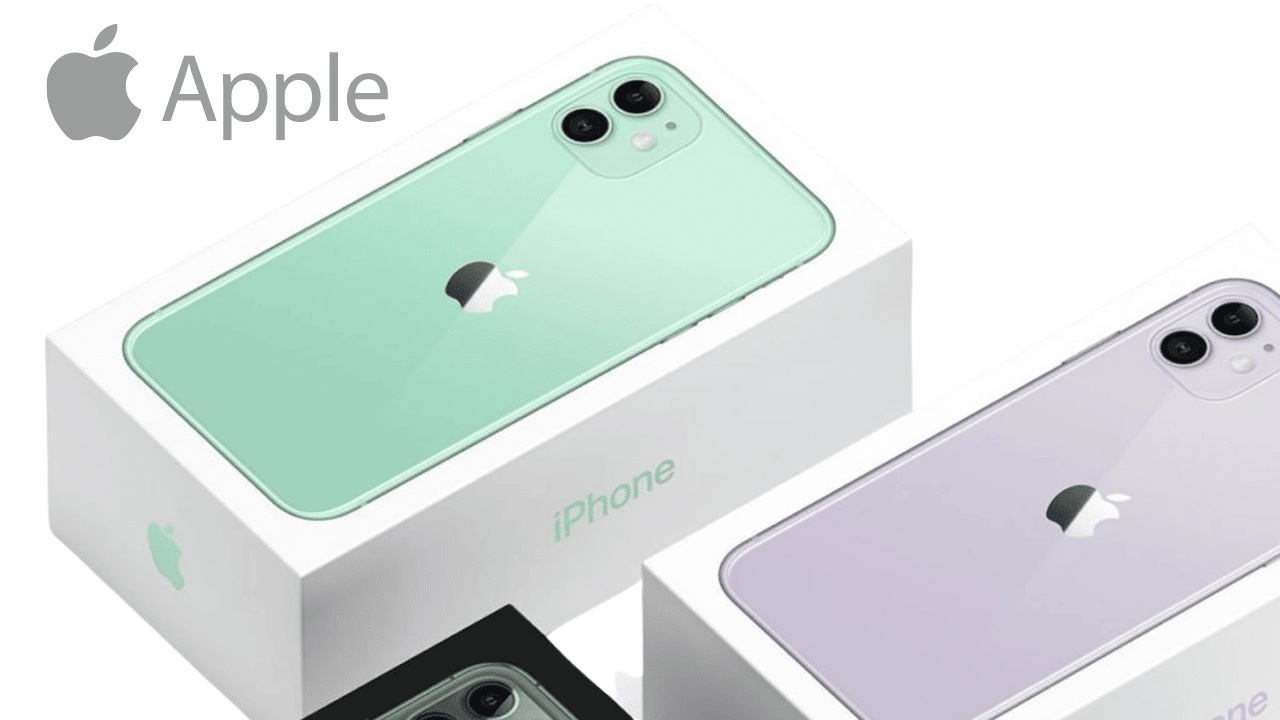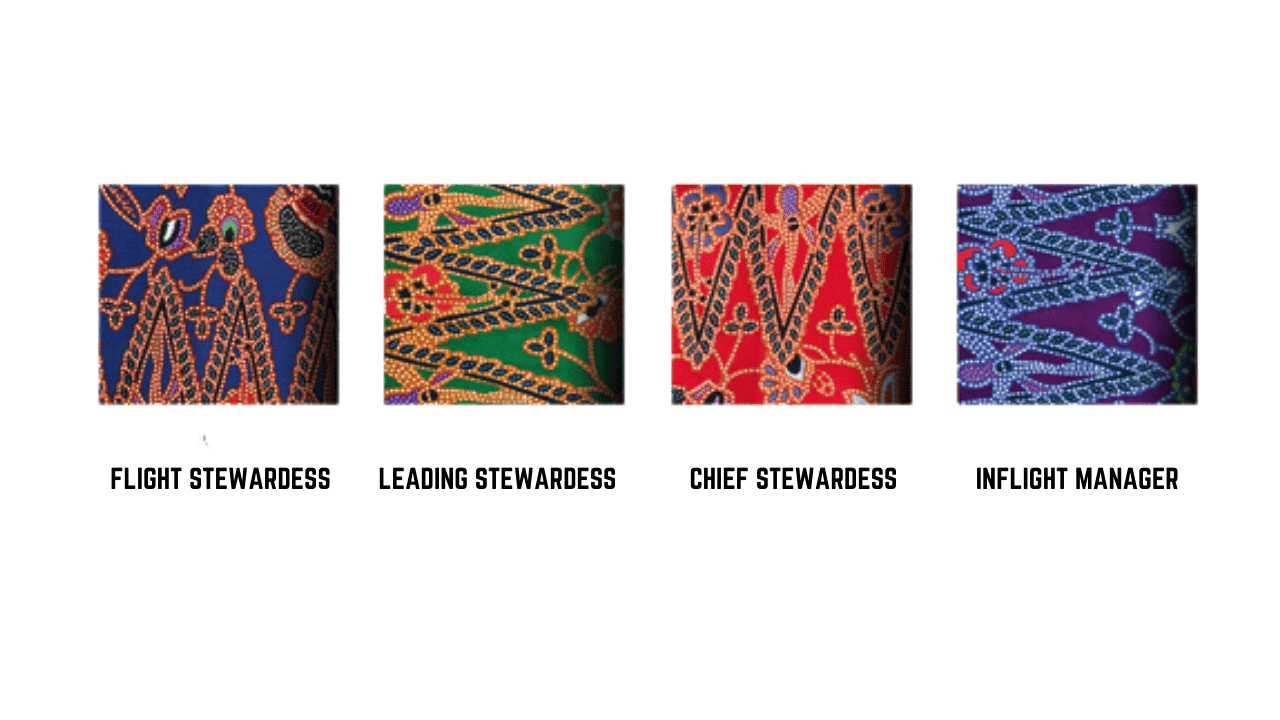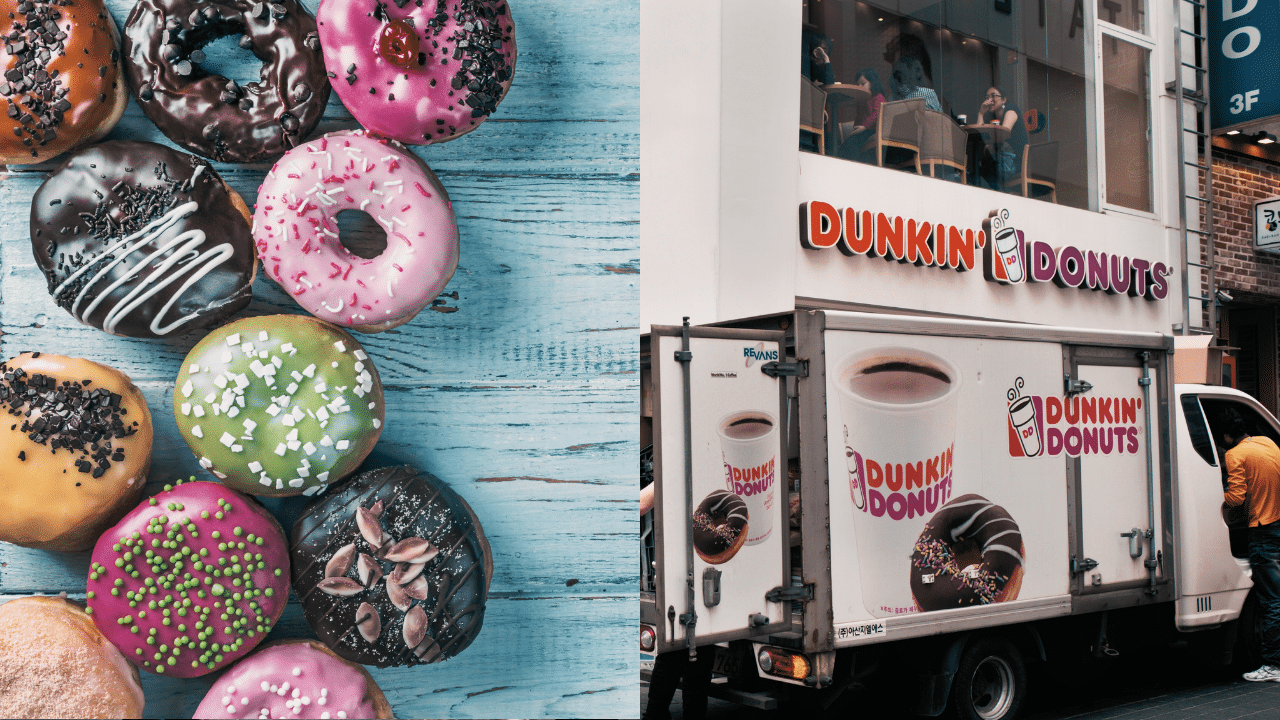Today, more than ever, brands are less likely to leave an impression with traditional marketing strategies. From email sales pitches to social media posts, more consumers believe it’s becoming more redundant by the day.
Not all hope is lost, however. One trending marketing strategy you need to keep an eye out for is sensory marketing, which promises to deliver meaningful connections in the form of the five senses (sound, visual images, smell, taste, and touch).
Raja Rajamannar, Chief Marketing Officer of Mastercard, says in a Forbes interview: “Our five senses constantly supply information to our brain. Different parts of the brain process this information and help us make sense of the world… [So] As a brand, you want to enter the minds and hearts of your consumers, customers, and prospects through all their five senses.”
If you leverage the five senses to engage and form a connection with your audience– you may end up winning their hearts and favor. That said, let’s learn from some online brands and how they found success with their sensory marketing approaches.
1. Sense of Touch (Apple) – Unique Product Boxes

Have you ever wondered why most Apple products feel too good to the touch? That may just be the genius brainchild of Steve Jobs, one of the most effective marketers in the modern age.
For instance, he ensured that the highest standards were followed in all of Apple's manufacturing plants, even in the device boxes. The boxes for Apple products need to be neatly designed, elegant, and pleasant to feel.
Case in point: Touch the edge of a standard iPhone box, and you'll notice how round it is, as well as soft to touch.
Some may even consider Jobs was truly ahead of his time, leveraging multisensory marketing tactics before the rest of the competition managed to catch up.
2. Sense of Smell (Singapore Airlines) – One-of-a-kind Scent

As an international airline company, the marketing strategies of Singapore Airlines revolve around sight and scent. But, we'll focus more on how they leverage the olfactory sense in their branding.
Long-time Singapore Airlines patrons know the unique, refreshing scent worn by all the airline's flight attendants. It's a one-of-a-kind blend of citrus, lavender, and rose. Aside from the staff uniforms, it is also sprayed onto the towels and other elements inside the aircraft. That said, this rare smell is something you'll only distinguish if you fly with SIA. It is in a class by itself.
Bonus: Visual Branding
Additionally, the airline is renowned for its flight attendants' iconic "The Singapore Girl" uniforms in distinct sarong kebaya colors and patterns. This SIA visual trademark and brand is said to engender "Asian values and hospitality," espousing the traits of "caring, warm, gentle, elegant, and serene."
3. Olfactory Sense (Starbucks) – The Scent of Coffee Beans

Now, this next one is pretty self-explanatory. Starbucks, a renowned global coffeehouse company, ALWAYS smells of fresh coffee once you enter one of their stores. This is regardless of which store you visit in the country or wherever you are in the world.
Every store is tasked to grind their unique coffee beans, given how the company promises to deliver nothing but the highest quality arabica coffee in the world. Thanks to that, the coffee aroma lingers around the store all the time.
There's also another good reason for this. The strong scent of freshly brewed coffee invites a sensory reaction from customers. Even if the company can cut operating costs on grinding and packaging the beans before sending them to each store– they skip doing so.
This consistent and memorable aroma helps Starbucks maintain customer loyalty and ultimately sell more cups of coffee.
4. Sense of Sight (Mastercard) – Red and Yellow Circles AKA the Mastercard Symbol

For this following example, we have two words for you: Details matter. Mastercard's logo may seem simple at first, with nothing special. But, the interlocking red and yellow circles (AKA the Mastercard Symbol) can now stand on their own all across the globe. Also, orange and red are specific Pantone colors that should remain consistent.
True to its branding, Mastercard designers ensure adequate contrast between the logo itself and the background.
And in the text, the "M" in Mastercard must be uppercase with a lowercase "c." Also, there's no spacing in between. That's how consistent the brand is. One glance, and we're pretty confident most people in the world will automatically associate the iconic orange and red symbol with the brand.
5. Sense of Sound (Mastercard) – The Sonic Sound

Mastercard is also pulling another sensory branding tactic through sounds, where its clients hear the sonic sound every time they complete a transaction. This is branded as the "sonic identity," in particular. It symbolizes the intersection of the red and yellow circles in the Mastercard symbol.
Rajamannar, Mastercard's CMO, states: "In a world of smart speakers and wearables, brands need to show up in sound... Every time you interact through ads or you use Mastercard on the phone or point-of-sale, you'll hear the melody which is meant to give you a sense of certainty and satisfaction."
That said, his team spent two years developing a melody that we all later know as Mastercard's sonic brand architecture. This collection of notes is effectively linked with the brand identity in the client's mind. You'll often hear this melody in Mastercard ads, with a shorter sound (1.3 seconds) playing in millions of physical and digital touchpoints to let the consumer know that the card is accepted.
As you hear the familiar sonic sound when shopping with your card online or in retail stores, it's no wonder it provides a sense of security and consistency.
6. Sensory Marketing Blend (Dunkin Donuts) – Visual Brand Packaging, Custom Jingle, and Fresh Coffee Scent

There's no blatant rule that only limits businesses to stick to one sensory marketing tactic. In fact, some brands have found massive success in blending a couple of sense engagement strategies. It's easy to distinguish Dunkin Donuts in their specific brand colors (in the logo are pink, orange, brown, and white), packaging with unique designs, and more.
Some Dunkin Donuts stores also have their jingle in some parts of the world.
In Seoul, South Korea, the company also tapped into another sensory marketing strategy– the olfactory scent. Several public buses in the city emitted the smell of freshly brewed coffee while playing the Dunkin Donuts jingle on the speakers. As a result, DD saw a 29% increase in brand sales over the following months.
It's Time to Consider Using Sensory Branding Approaches
Ultimately, sensory branding is a new marketing approach that will help you reach your target audience and consumers easily. Gone are the days you need to rely solely on traditional marketing forms. It's time to take things to the next level!
Appealing with the five senses may just help you improve brand loyalty and identity, with the ultimate goal of increasing your revenue. Review the examples we've cited above for inspiration and start brainstorming on your company's sensory branding experience.
Here are some other examples to consider:
Regardless of whether it's the unique colors in your packaging or the signature aroma in your stores, the more you reach out to your customer's senses– the more likely they will remember your brand and what you offer.
